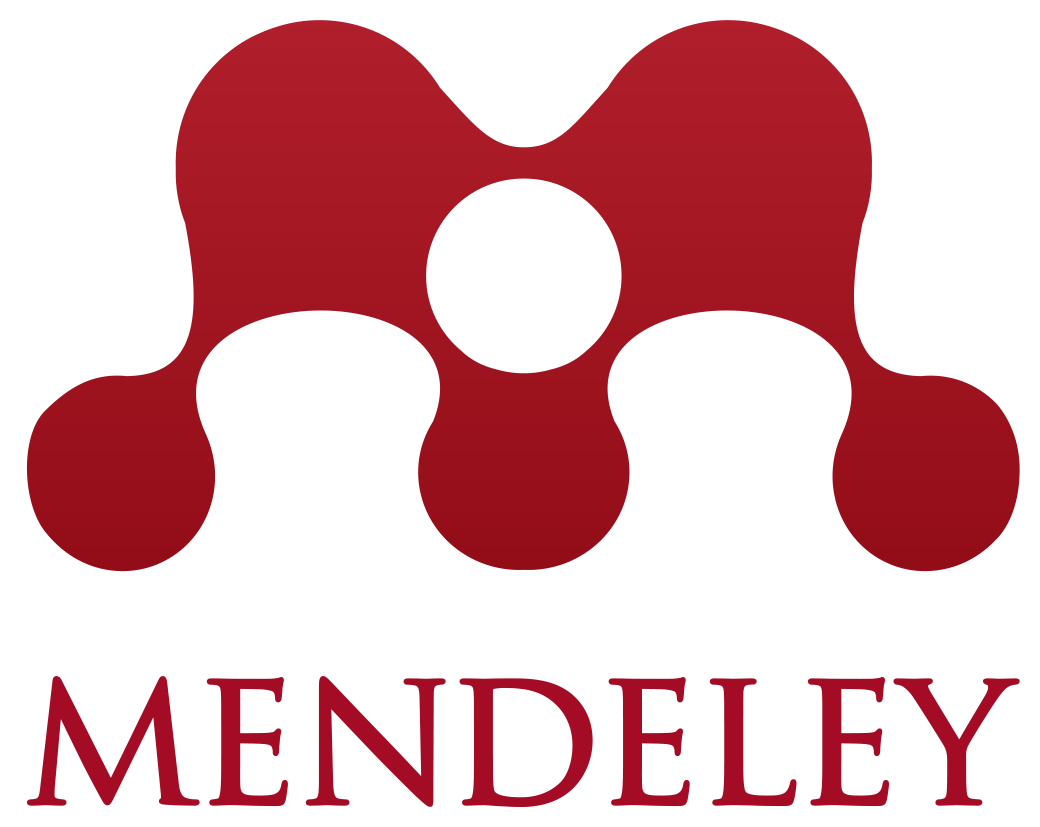Spatial Model of Land Degradation and Water Pollution Caused by Illegal Gold Mining Activities in Raya Watershed, W
Abstract
Illegal gold mining activities create mine pits, taillings, stressed vegetation and unvegetated land. The aims of this study were to identify and to develop spatial model of land degradation and water pollution caused by illegal gold mining activities in Raya watershed, West Kalimantan. The spatial land degradation model was developed by multiplication the score of mine age and type of mine tailings, while the scores for water pollution was based on the results of spatial distribution analysis of the water’s total dissolved solids (TDS) and Hg concentration levels in Lake Serantangan. Vegetations of the degraded area showed nutrient deficiency and toxicity symptoms. Based on the NDVI (normalized difference vegetation index), the degraded area generated a value range of 0.1-0.6. Mine land in the study area were classified as rather degraded (29.33%), degraded (28.70%), and severe degraded (41.97% of the total 4,551 ha area). While, 65.87% or 83 ha of the Lake Serantangan area was classified as severely polluted based on the water’s concentration of Hg and TDS. The accuracy of the spatial model developed was 88.30 and 82.57% for land degradation and water pollution, respectively.
Keywords: Illegal gold mining, land degradation, spatial model, water pollution
Downloads
Department of Soil Science and Land Resources Departemen Ilmu Tanah dan Sumberdaya Lahan, Faculty of Agriculture Fakultas Pertanian, IPB University


















